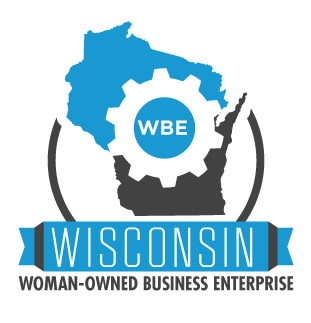“Passion provides purpose, but data drives decisions.” Andy Dunn
I’ve taught classes in problem solving with a focus on finding the real cause or root of the problem, since the obvious problem is rarely the problem. Depending on the nature of the problem, quality improvement tools, such as the is/is not matrix, 6 whys, ishikawa or cause and effect diagram, and top down flow chart, have been very useful. I’ve also taught classes in decision making, with a focus on different ways for groups to vote on different alternatives. I have not taught classes in how to objectively determine the best alternative solutions prior to that final vote.
Now I find that there are numerous ways to analyze options. An article from Mind Tools (a terrific resource!) offers the following tools to evaluate the feasibility, risks and implications of different alternative solutions to the problem: https://www.mindtools.com/community/pages/article/newTED_00.php
“Almost every decision involves some degree of risk. Use Risk Analysis to consider this objectively by adopting a structured approach to assessing threats, and evaluating the probability of adverse events occurring – and what they might cost to manage.
Then, prioritize the risks you identify with a Risk Impact/Probability Chart , so you can focus on the ones that are most likely to occur.
Another way to evaluate your options is to consider the potential consequences of each one. The ORAPAPA tool helps you evaluate a decision’s consequences by looking at the alternatives from seven different perspectives [opportunities, risks, alternatives and improvements, past experience, analysis, people, and alignment and ethics.]
Or you could conduct an Impact Analysis or use a Futures Wheel to brainstorm “unexpected” consequences that could arise from your decision.
Other considerations are whether your resources are adequate, the solution matches your objectives, and the decision is likely to work in the long term. Use Starbursting to think about the questions you should ask to evaluate each alternative, and assess their pros and cons using Force Field Analysis or the Quantitative Pros and Cons approach.
Weigh up a decision’s financial feasibility using Cost-Benefit Analysis.”
What do you think of these as possibly new decision making tools for you? I’m glad to add them to my tool belt!
Have you used any of these? Do you have additional tools you use? Thanks!
May your learning be sweet.
Deborah





